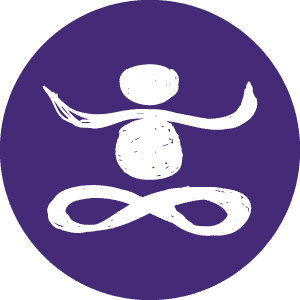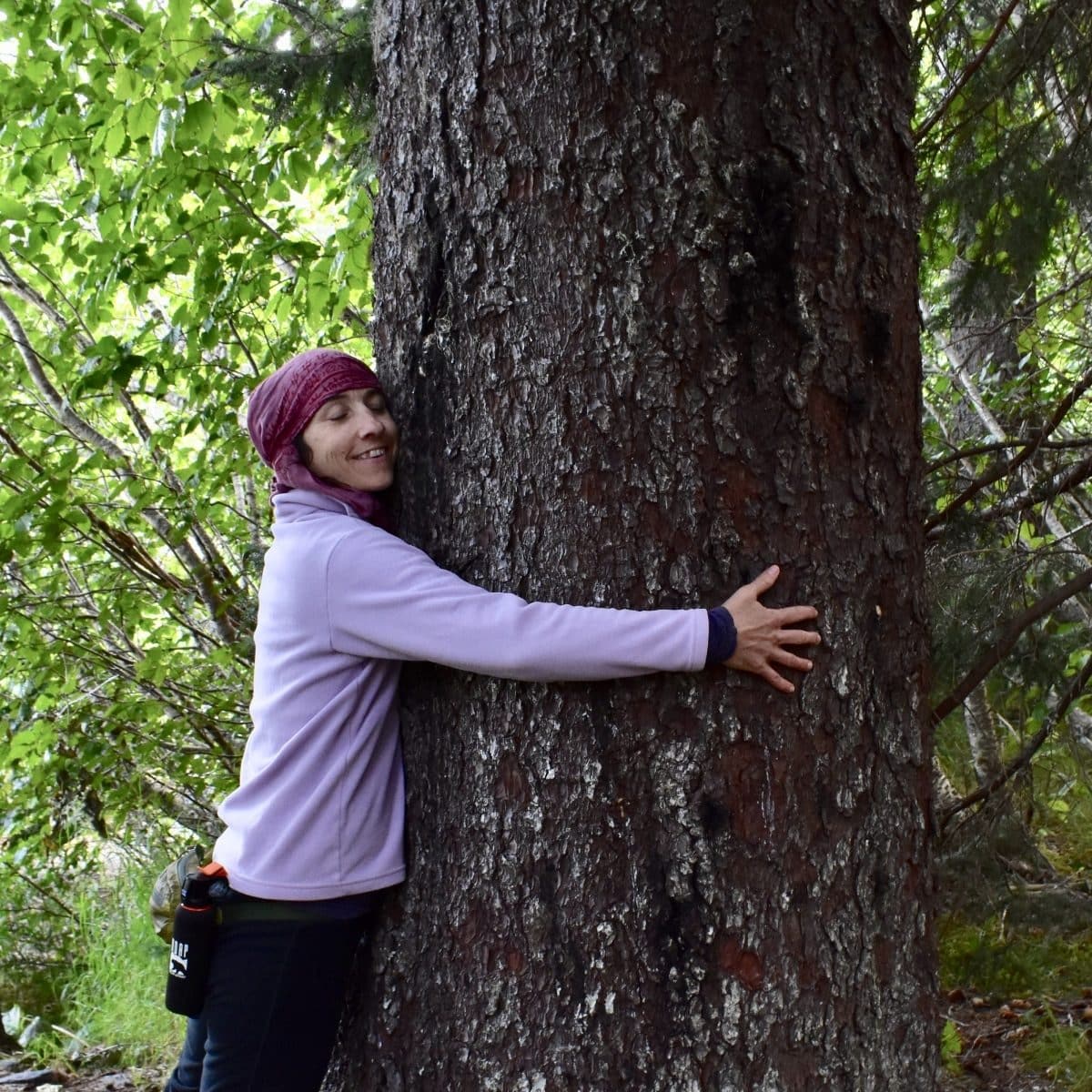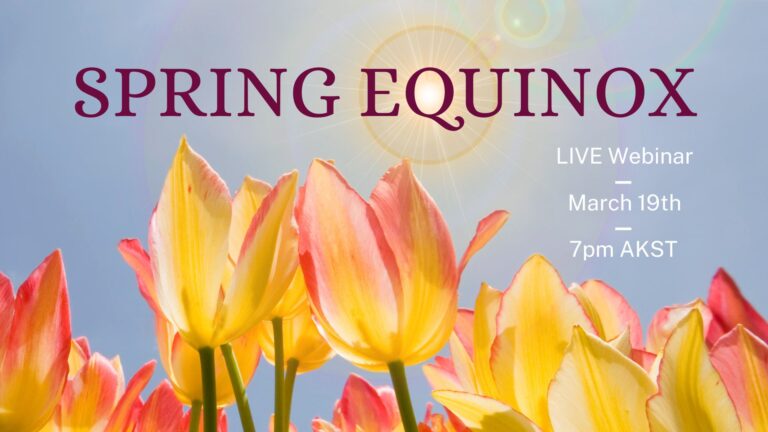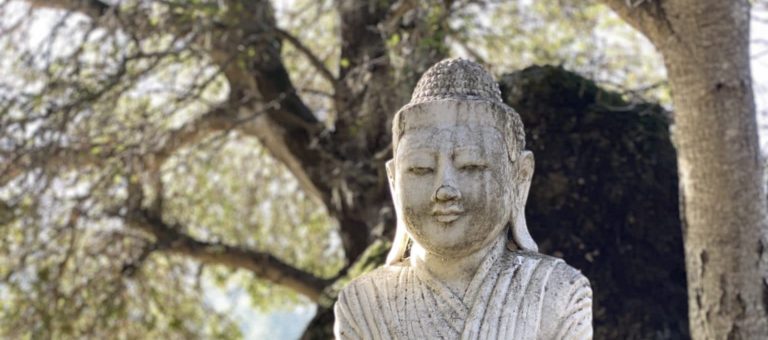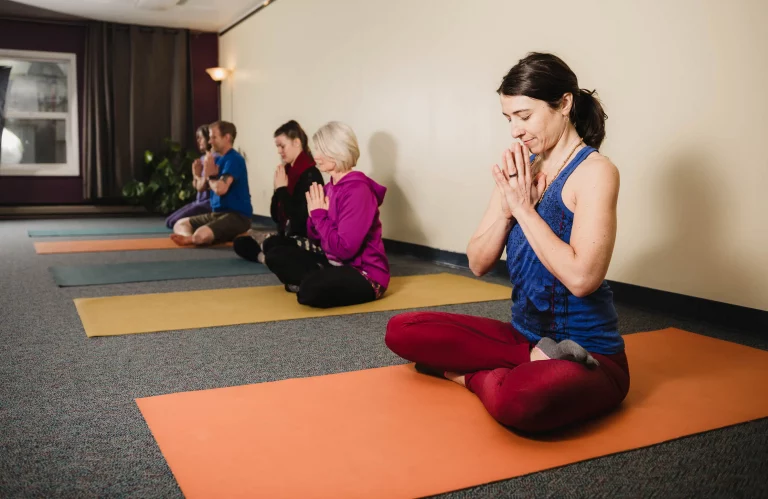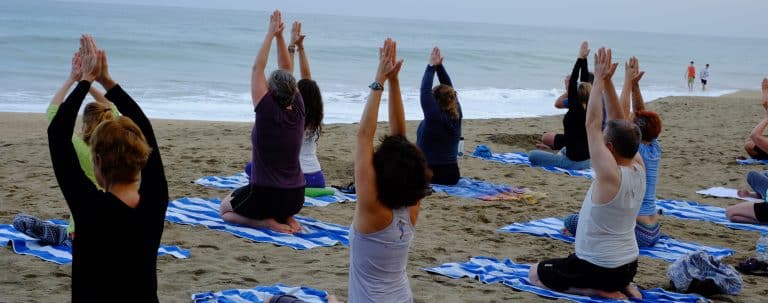Ashtanga Yoga
Ashtanga Yoga is a term you’ve probably heard if you’ve been practicing yoga for a while. It’s one of the styles of classes that you might see advertised at your local studio or online. This style of yoga was popularized by an Indian teacher named Pattabhi Jois (who shared a common teacher named Krishnamacharya with BKS Iyengar, another influential teacher whose name describes another “style” of practice.) Both Jois and Iyengar went on to teach many westerners.
The postures and the sequence in which they are practiced is very specific in Jois’s Ashtanga method. It came from and has been favored by athletes, adolescents, and those who respond to strict training and clear direction.
Eight Limbs of Yoga
Ashtanga is also a term that more broadly applies to the eight limbs of yoga, of which posture is one. This is the Ashtanga Yoga or, Eight Limbs of Yoga practice that I teach.
At Yoga for Mental Health, we realize that the opportunity, and need, for connection exists in all aspects of our embodied experience. It’s not just that we “need” to connect to and take care of our bodies, it is also that we need to realize our responsibility in relation to our minds, our relationships, our ambition, our emotions, and, our spirit. The eight limbs of yoga help us to see how.
In our November Initiative, we took a closer look at a couple of the teachings from the 2nd limb of yoga. (We offer seasonal initiatives as opportunities for our community to get together and practice – the next one will be in February 2021 – you can click here to sign-up.)
Niyama
The 2nd limb of yoga is known as Niyama. It contains instructions about how to practice realizing our connection with our self. It is perhaps useful at this point to mention that yogic philosophy traditionally recognizes a conceptual distinction between an individuated “self” and a universal “Self” of which we are all part. The “self” is connected to the narrative of our consciousness and its experience as a body moving through the world. The pancamayakosha model of this individuated experience can be helpful and I often use it in both counseling and teaching. If you’d like to learn more about this model, let me know!
Niyama, together with Yama (the first limb of yoga), is foundational to the practice of yoga.
These first two limbs are sometimes known as the roots and the trunk of the yoga tree. Without them, there can be no branches, leaves, flowers, or fruit.
Yama
The Yamas are the instructions related to our experience with others.
There are 5 Yamas and 5 Niyamas. In our upcoming Winter Solstice Course, we’re going look at ways of practicing all 10 of them: non-violence, truthfulness, non-stealing, restraint, non-grasping, cleanliness, contentment, discipline, self-study, and devotion. When we do, we can find the potential that we’ve maybe had glimpses of our yoga mat.
The practice of all eight limbs of yoga holds the potential for poise in every aspect of our experience.
Foundations
It is with a foundation in ashtanga yoga that we will find ourselves firmly rooted and well supported as we encounter the inevitable vicissitudes of life. With our connection to ourselves and to each other realized, with the importance of our presence and our purpose realized, we ourselves become realized.
Potential
This, the teachings say, leads to total absorption, complete belonging, love.
As bodies, we are born, with each breath we live on… to fully realize this potential takes practice,
and so we do,
together.
See you soon.
Love,
Margi
